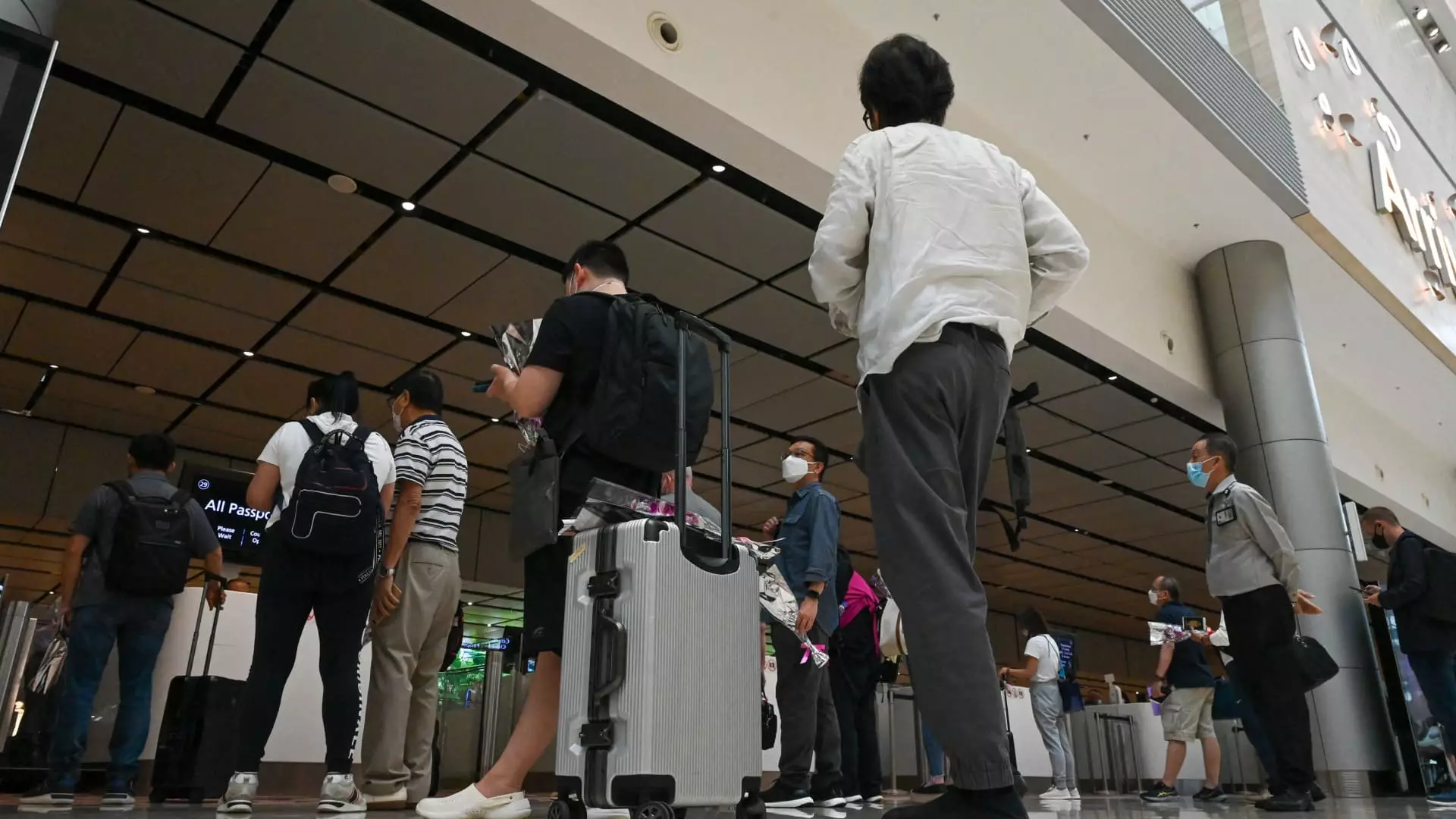Singapore is set to introduce a new “token-less clearance” program at its Changi Airport, allowing residents to clear immigration using eye and facial biometric processing instead of passports. This marks a significant step in the country’s efforts to modernize and automate its immigration services, ultimately aiming to enhance border security and improve travelers’ experiences.
The new program will initially be implemented in Terminal 3 of Changi Airport, specifically for Singapore residents. This includes citizens, permanent residents, and long-term pass holders. By eliminating the need for physical passports, residents can enjoy a more streamlined and efficient immigration process. However, it is important to note that foreign travelers are also eligible for the program, although only when leaving Singapore.
Timeline for Rollout
According to Singapore authorities, the program will gradually be rolled out to all terminals at Changi Airport by September, as well as Singapore’s Seletar Airport and Marina Bay Cruise Centre by December 2024. This demonstrates the country’s commitment to embracing technological advancements in border control and ensuring a seamless travel experience for all passengers.
Challenges and Limitations
While the introduction of biometric processing is lauded for its potential to reduce immigration wait times by 40%, there are certain challenges and limitations to consider. For instance, children under six years old are unable to use biometric clearance or automated lanes at all, emphasizing the need for alternative measures to cater to this specific demographic. Additionally, some individuals may express resistance towards biometric processing, raising concerns about privacy and data security.
The passport-less immigration clearance program is part of Singapore’s overarching “New Clearance Concept,” which signifies a paradigm shift towards modernizing border control procedures. By progressively moving away from human-led passport checks, Singapore is paving the way for a more efficient and technology-driven approach to immigration services. With the goal of having 95% of travelers clear immigration via automated lanes by early 2026, the country is positioning itself as a leader in border security and traveler facilitation.
Biometric processing is not unique to Singapore, as it is increasingly becoming a common practice in airports worldwide. Sumesh Patel, Asia-Pacific president of SITA, predicts that 85% of airports will implement some form of biometric processing in the next three to five years. This underscores the growing importance of biometrics in enhancing security measures and expediting the immigration process for passengers.
Singapore’s initiative to introduce a passport-less immigration program represents a significant milestone in the country’s efforts to modernize its border control procedures. By leveraging biometric technology, Singapore aims to strengthen its border security while improving the overall travel experience for residents and foreign visitors alike. While there are challenges to overcome and potential concerns to address, the benefits of streamlined and efficient immigration clearance are undeniable in shaping a more secure and traveler-friendly environment.

